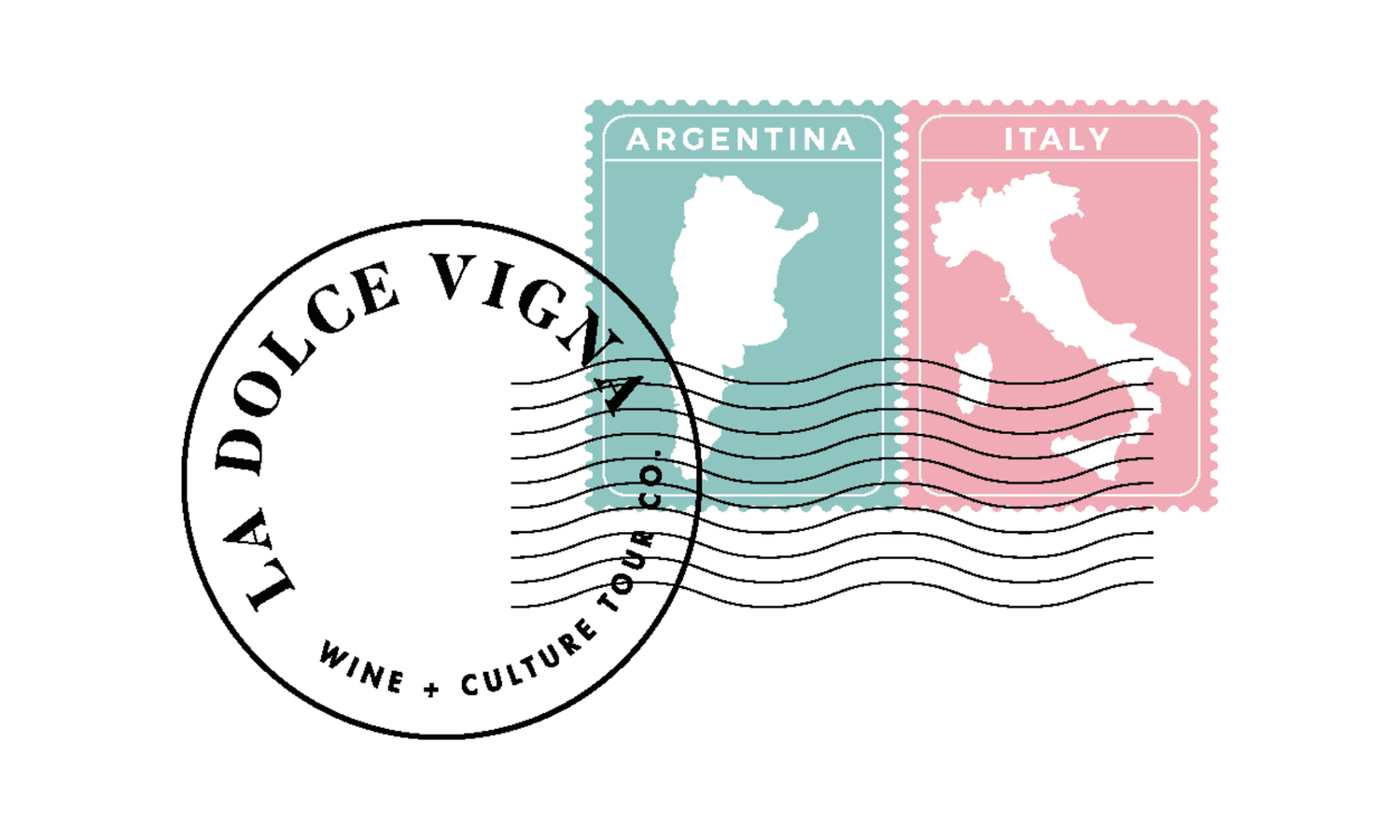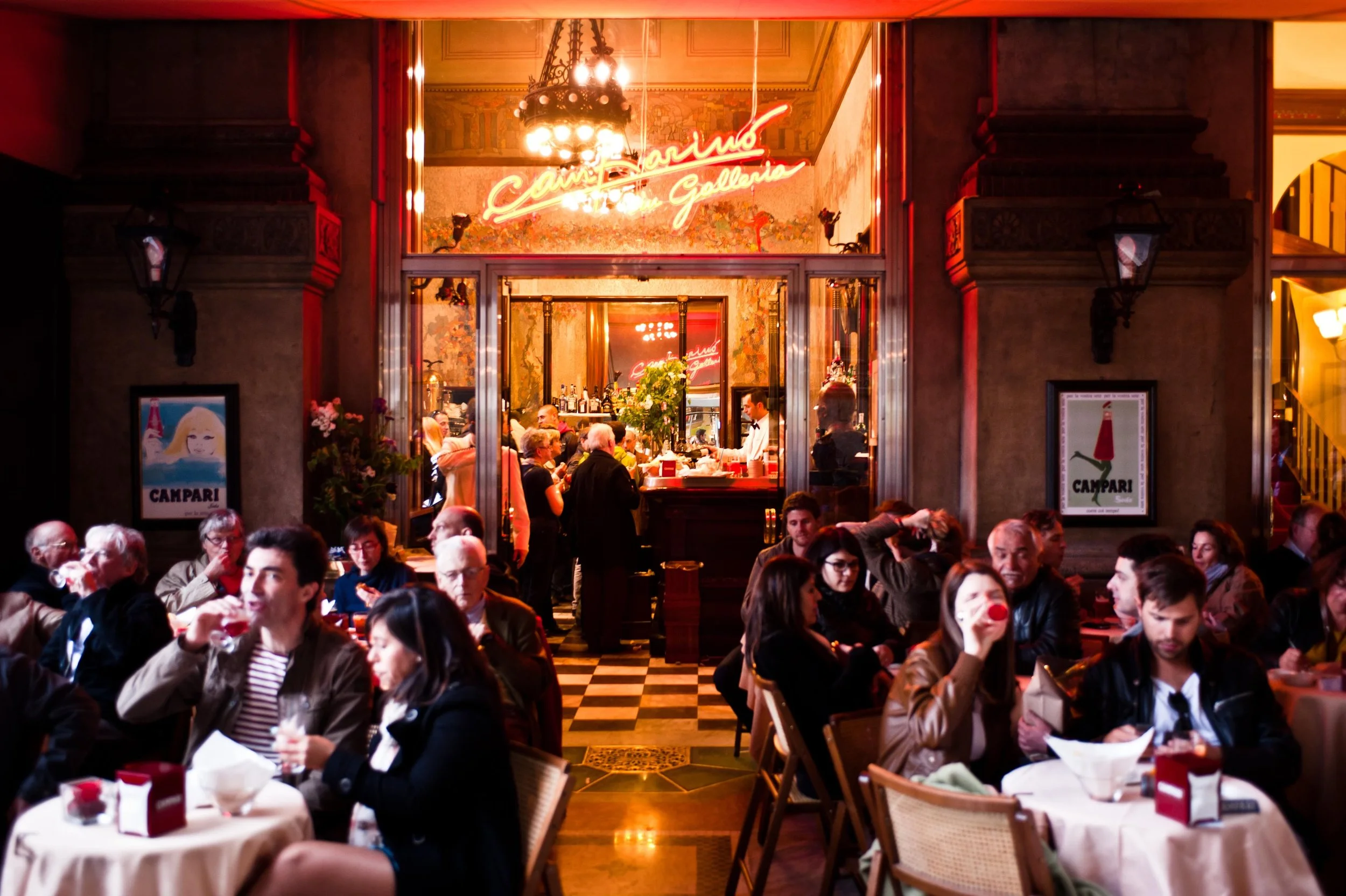Written by Leslie Rosa
Sommelier and Founder of La Dolce Vigna Wine + Culture Tour Co.
While typing up my notes for the 12 lesser-known Italian wines I have selected for this year’s list, it dawned on me that maybe my passion for showcasing these under-the-radar wines stems not only from my awe in the sheer variety of Italy’s grape varieties and terroirs—and delight in tasting them—but also because I am a middle child and know how hard you have to work to get some attention! (Thanks for yours, by the way.)
As much as I am happy to enjoy a good Barolo or Chianti, Italy offers so much more. I’m really happy with the list below and hope you have fun wine hunting— don’t be afraid to ask your local wine shop to help you out! They might even enjoy the challenge.
I created a print-out checklist with wine descriptions that you can get by clicking on the button below.
12 Lesser-Known Italian Wines to Try in 2025
RED WINES
Colli Euganei Rosso DOC
Southwest of Padua, in the Veneto region, lie the Euganean hills. Interestingly, the wines from this area are made mainly from Bordeaux grape varieties (Merlot, Carménère, Cabernet Franc, and Cabernet Sauvignon). Here, they take on a unique character thanks to the mineral-rich volcanic soils. Love these well-balanced wines!
Gaglioppo
Derived from Ancient Greek for “beautiful foot” (abundant grape bunches), Gaglioppo is native to Calabria and one of Italy’s oldest grape varieties (a natural crossing of Sangiovese and Mantonico). You can find it in many of the region’s DOCs, but the most famous is Cirò Rosso. Red berries, underbrush, herbs and a full body in most wines.
Carignano del Sulcis DOC
This Sardinian wine is made in the island’s southwest, where sandy soils, a maritime influence and old, ungrafted vines (many 100+ years), create powerful yet velvety expressions of the Carignano, which is most likely a Spanish import from its 400-year reign over the island.
Noto Rosso DOC
These wines usually become a favorite of my Sicily tour groups. On the island’s southeast coast, in the sand and limestone-rich soils of Noto Valley, these full-bodied reds feature a minimum of 65% of its native star Nero d’Avola and generally exhibit notes of dark berries and exotic spices. There are both oaked and un-oaked versions.
Refosco del Penducolo Rosso
This red-stemmed indigenous grape variety from Friuli-Venezia Giulia is found in several DOC wines of the region. The wines made from Refosco are deep in color, full in body and have a high acidity and full force tannins.
Rosé Wines
Rosati from Puglia
Puglia holds the title for making the oldest bottled rosé in the country (Leone de Castris’ Five Roses), which means they mean business about their rosati; honestly, I haven’t met a Pugliese rosato I haven’t liked. Whether it’s made from Primitivo, Bombino Nero, Susumaniello, Negroamaro or any other native red grape varieties, they are always delightful.
White Wines
Erbaluce di Caluso DOCG
Legend has it, goddess Albaluce (“Dawn light”) gifted this grape variety to the Piemontese hamlet of Caluso. The sandy-gravely soils lend the wine a pronounced acidity, while its typical tasting notes are wild flowers, herbs and apricot. Erbaluce also makes a wonderful dessert wine.
Locorotondo Bianco DOC
This is always a crowd pleaser for my Puglia + Basilicata tour groups. It’s a refreshing blend made from principally two native grape varieties, Verdeca and Bianco d’Alessano, around the town of Locorotondo in Puglia’s Itria Valley. It offers a little bit of everything: citrus, stone fruit, herbs, flowers and sea spray, alongside a nice acidity.
Campi Flegrei Falanghina DOC
The Phlegrean Fields (burning fields) are actually a large, 13-km-wide nested caldera located on the western outskirts of Naples in Campania. This terroir adds a distinct savory and mineral quality to Falanghina’s typical citrus and floral aromas.
Friulano
One of Friuli’s most iconic grape varieties, Friulano (previously Tocai Friulano) finds itself in many of the region’s DOC wines, both monovarietal and blends. Genetically identical to Sauvignon Vert, it commonly is pale in color and offers aromas of green apple, almonds and white flowers.
Sparkling Wines
Oltrepo Pavese Metodo Classico DOCG
Living under the shadow of Lombardy’s other Classic Method wine, Franciacorta, Oltrepò Pavese deserves our attention. Made in the Pavia province just south of Milan, its DOCG rules state it must be made of a minimum of 70% Pinot Nero (Pinot Noir) and a maximum of 30% Chardonnay, Pinot Blanc and Pinot Grigio. Nice mineral-driven bubbles that don’t break the bank.
Lambrusco Grasparossa di Castelvetro
I am on a Lambrusco kick and I love them all, but the darker, tannic Grasparossa is the one you want with a smorgasbord of its home region Emilia-Romagna’s specialties like Mortadella, Prosciutto di Parma, Parmesan and fatty cheeses.








